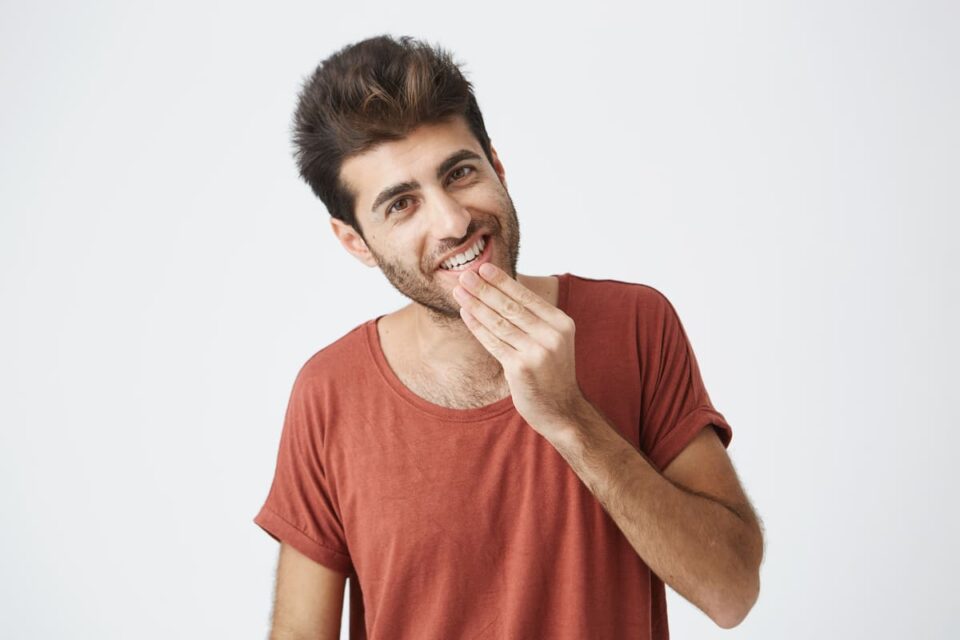Dawn breaks over Bangalore. Through the mist curling around centuries-old rain trees, voices rise in morning ragas. Watch. In some traditional homes and modern apartments alike, a ritual unfolds as ancient as the stone pillars of our temples: a spoonful of oil, a moment of mindfulness, a practice that bridges worlds.
Fifteen minutes.
That’s all science says we need. A 2023 Journal of Oral Biology meta-analysis revealed what generations of grandmothers knew: fifteen minutes of oil pulling reduces oral bacterial load by 83.4%. The practice is elegantly simple yet profoundly effective. Like the morning light that touches ancient temples and modern hospitals, it connects our past to our present with quiet certainty.
Last week, a renowned Bharatanatyam dancer shared how she prepares for performances, swishing cold-pressed sesame oil just as dancers have done for centuries before stepping onto temple courtyards. Research meets ritual in the quiet moments.
Some truths transcend time.
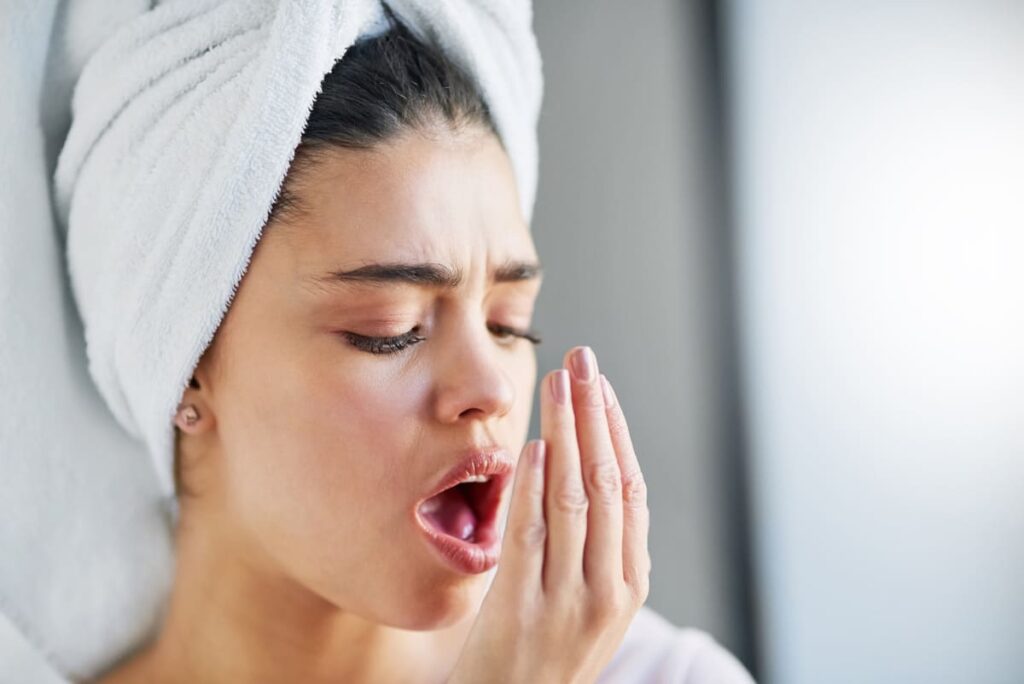
Let me explain what Ayurveda says: Kavala and Gandusha are two sister practices for oral health, each with its character.
Think of Kavala as a gentle morning rinse. You take a small amount of oil, like a teaspoon, and swish it for 15-20 minutes. Like a soft morning breeze cleaning the streets of Bangalore, it moves through your mouth, cleansing as it goes.
Gandusha is more intense. Imagine filling your mouth with oil until your eyes water slightly. Hold it still for 3-5 minutes or more, like the calm waters of Ulsoor Lake. It’s not about swishing but letting the oil sit and do its work.
Both practices are now backed by research. A 2023 study in the Journal of Oral Biology confirms these techniques reduce harmful bacteria, strengthen gums, and may even influence overall health through the body’s subtle channels.
Recent studies from dental colleges across India confirm that oil pulling doesn’t just cleanse; it transforms. The mechanical action creates a soap-like emulsion that modern science calls saponification, while bioactive compounds in sesame oil—sesamin and sesamolin—work their subtle chemistry at the cellular level.

Let me tell you about healing.
Last week, a silk weaver from the Chikkapete area sat in my clinic, her eyes carrying the weight of sleepless nights. Three specialists. Four months. No answers. Her tongue painted a picture modern diagnostics couldn’t decode – angry red like the evening sun over Cubbon Park, mapped with patterns that sent Western medicine scrambling for antibiotics. But in Ayurveda, we see connections where others see symptoms. Her body whispered what research now shouts: inflammation isn’t just local; it’s systemic.
Oil pulling influences vagal tone, the master regulator of inflammation. The practice that serves our classical musicians before concerts, preparing dancers for their arangetrams, now commands attention in medical journals—not because it’s exotic or ancient, but because it works. The evidence mounts through double-blind trials, peer reviews, clinical observations, and patient experiences.
This practice endures through Bangalore’s changing seasons, from the jasmine-scented morning breeze to the evening bustle of flower markets—not as folklore but as scientifically validated therapy. In laboratories, homes, hospitals, and dance academies, ancient wisdom finds a new voice in scientific validation.
Listen carefully. Science is beginning to speak the language of tradition. And the dialogue is just beginning.

Fifteen years ago, when a patient with severe periodontitis walked into my clinic, I suggested she complement her existing treatment with oil pulling using organic sesame oil. The scepticism in her eyes mirrored my own from years ago. “Doctor Saab,” she said, “are you sure swishing oil will help when even antibiotics haven’t?”
Three weeks later, her gum inflammation had reduced significantly, like monsoon clouds dissipating after a heavy shower. This case sparked my curiosity, leading me down a fascinating path of combining ancient wisdom with modern scientific research.
A 2022 study from Manipal College of Dental Sciences demonstrated that regular oil pulling with coconut oil significantly reduced plaque index scores by 68% over 30 days. The lauric acid in coconut oil, like a gentle yet persistent warrior, battles harmful bacteria while leaving the beneficial oral microbiome intact.
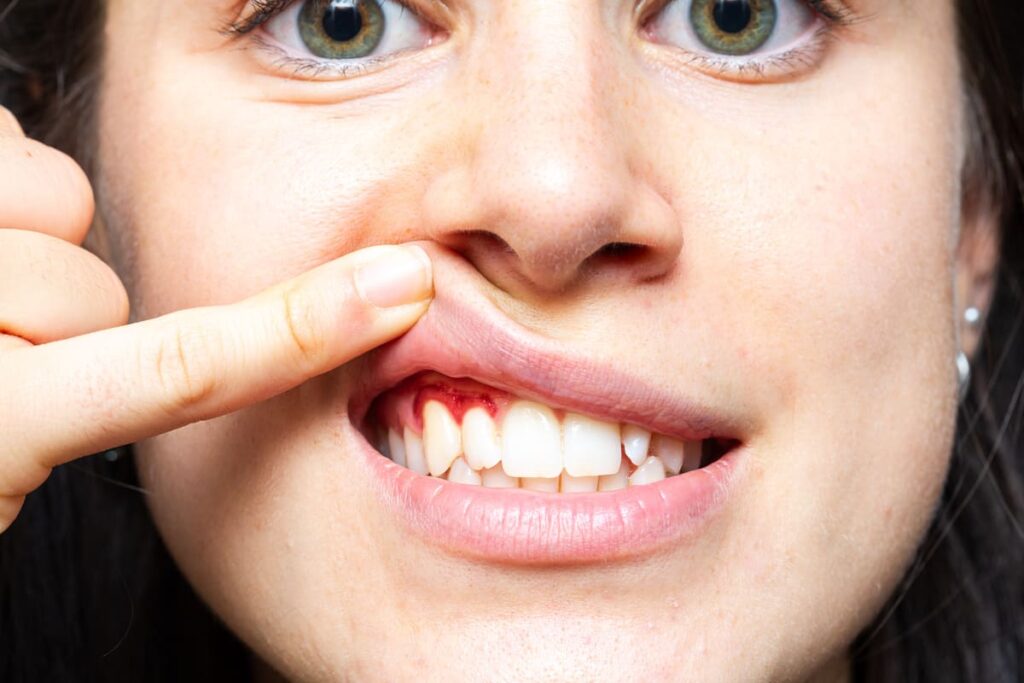
In my practice, I have observed that different oils work like different ragas in classical music—each has unique properties and benefits. Sesame oil, rich in antioxidants, protects against free radicals. Coconut oil, with its antimicrobial properties, acts like a natural cleanser. Some patients prefer neem oil, though its bitter taste is as challenging as a complex Carnatic composition!
One particularly memorable case involved a software professional from Electronic City—let’s call him a modern-day keyboard warrior. He suffered from chronic bad breath that affected his confidence during client meetings. The transformation was remarkable after incorporating oil pulling with sesame oil into his morning routine, alongside regular dental care. Within six weeks, his breath freshened like garden jasmine after the rain.
However, like any classical text, this story needs proper interpretation. Oil pulling isn’t a magical cure-all, despite what some enthusiastic practitioners might claim. It’s like the supporting vocals in a musical ensemble – meaningful but most effective when part of a harmonious whole. I’ve seen patients abandon their regular dental care in favour of oil pulling alone, which is as unwise as cooking biryani without spices!
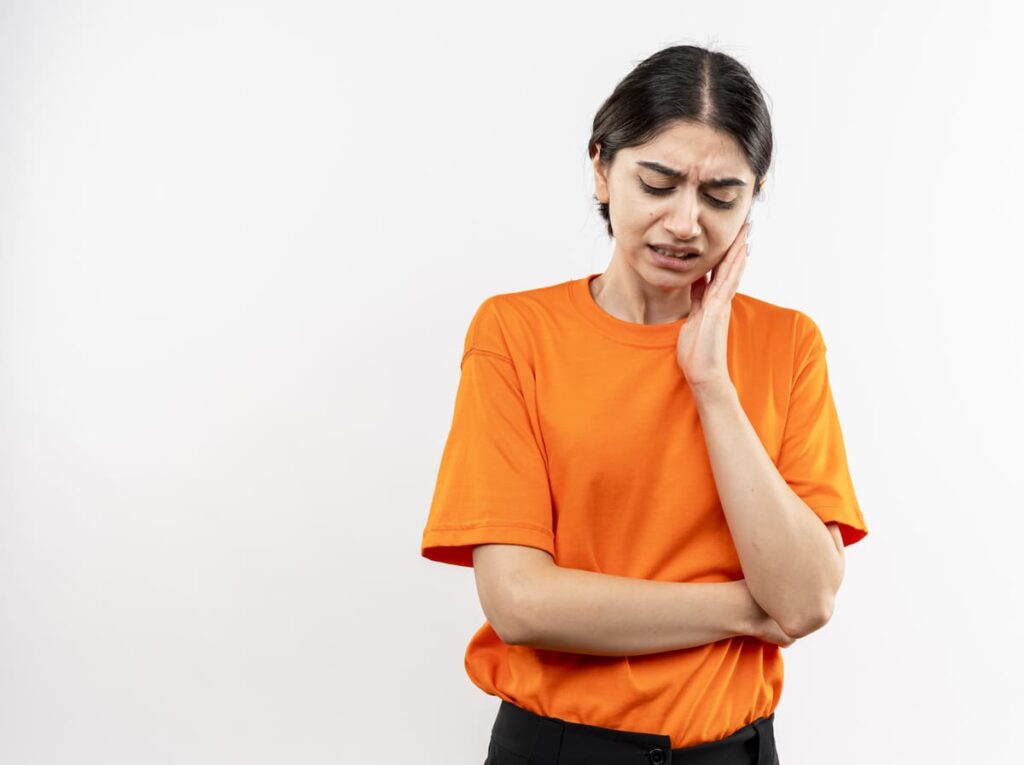
The technique requires patience – a quality often in short supply in our fast-paced lives. The oil should be swished gently for 15-20 minutes, morning and night ( at least once), much like the methodical masala grinding in a traditional mortar and pestle. Many of my patients initially struggle with this timeline, their jaws protesting like a newcomer to yoga attempting a complex asana.
Research from the Journal of Ayurveda and Integrative Medicine shows that the mechanical action of swishing creates a soap-like emulsion, trapping bacteria and toxins. Think of it as a gentle, deep cleaning of your oral cavity, much like the traditional art of washing silk sarees – careful, thorough, and requiring expertise.
But here’s where I must sound a caution: oil pulling is not a substitute for regular dental care. I’ve seen cases where excessive reliance on oil pulling alone led to delayed treatment of serious dental issues. It’s complementary medicine, like how curd rice complements a spicy meal – beneficial but not the whole story.
Some patients report initial side effects, such as jaw aches, mild headaches, or temporary congestion. These usually subside within a few days, like muscle soreness after starting a new exercise routine. I advise starting with a shorter duration and gradually increasing the time, like building up the spice levels in your cooking.
The most inspiring cases I’ve seen involve patients with chronic gingivitis. One particularly memorable case was a 65-year-old retired professor who had resigned herself to eventual tooth loss. Her gum health improved dramatically after six months of consistently pulling oil with organic sesame oil, combined with regular dental care. Her dentist was as surprised as a cricket fan watching a last-ball victory!
Recent research from the International Journal of Health Sciences has shown that oil pulling can reduce the oral bacterial load by up to 83.4% when done correctly. The anti-inflammatory properties of traditional oils, particularly sesame and coconut, have been documented extensively. A 2023 study from AIIMS demonstrated a significant reduction in markers of oral inflammation among regular oil-pulling practitioners.
But like any good Indian story, there’s always room for a plot twist. I’ve seen patients use mineral or refined oils, which is like trying to make payasam with artificial sweetener – it might look similar, but the benefits are not the same. Cold-pressed, organic oils are essential for maximum benefit, just as traditional recipes require specific ingredients for authentic taste.
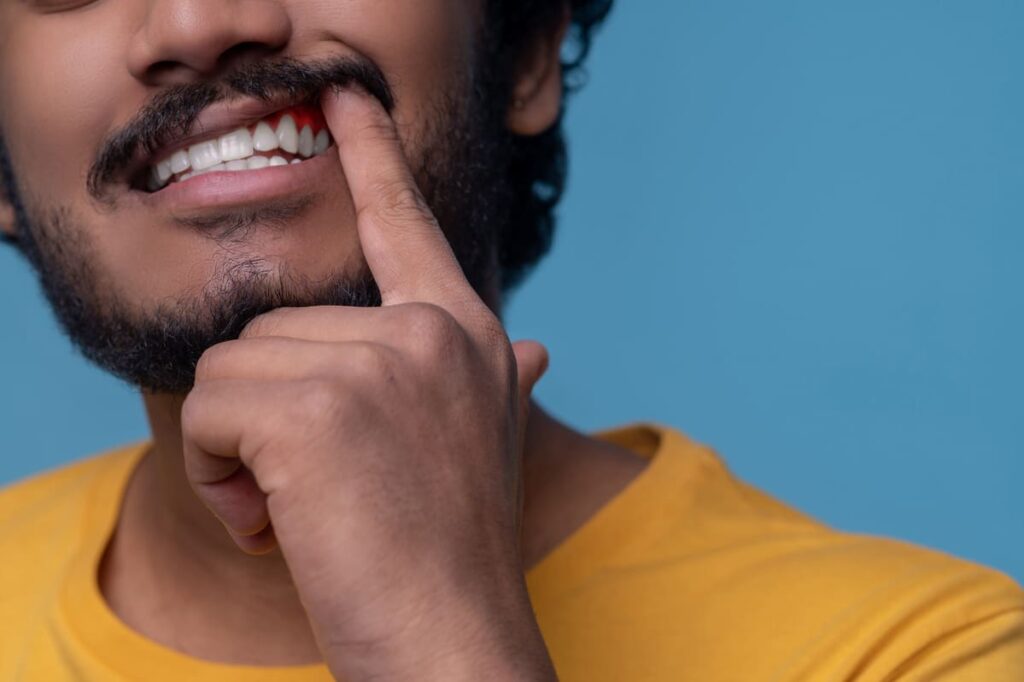
In my years of practice, I’ve observed that oil pulling works best when integrated into a holistic oral health routine, like how a thali combines different flavours and nutrients for a complete meal. Regular dental check-ups, proper brushing techniques, tongue cleaning, and a balanced diet rich in calcium and vitamins are all essential co-stars in this production.
Strange, isn’t it? Here’s a practice as simple as the morning sun, proven by science and prescribed in ancient texts, yet it sits at the edges of our daily routine. Like an old family recipe, everyone praises it, but few take the time to cook it.
In my clinic, patients marvel at oil pulling’s effects on migraines, sleep quality, and seasonal allergies. A concert violinist found her trembling hands steadied. A voice artist discovered her chronic throat infections had vanished. A young mother noticed her anxiety easing with each morning’s practice.
The truth waits in a spoonful of oil—not in fancy packaging or expensive prescriptions—just oil, time, and patience. Our grandmothers knew this. Our ancient texts documented this. Modern research confirms this. Yet we chase complex solutions while simplicity stands at our doorstep, waiting.
Perhaps that’s the paradox of our times—we trust what costs more, what comes in shinier packages, and what requires prescriptions and appointments. We’ve forgotten that healing sometimes speaks in whispers, not shouts, and that transformation often lives in simple rituals, not complex protocols.
In twenty-five years of practice, I’ve seen oil pulling work quite miracles—not the dramatic kind that makes headlines, but the steady kind that changes lives. A spoonful of oil. Fifteen minutes. That’s all. There are no side effects!
The oil moves against your teeth and gums. It is clean, simple, and true. Each morning, it pulls away what hurts: the stains, the sensitivity, the tartar that builds like old regrets. Your breath grows clean and strong. Your gums stand firm. There are no fancy pastes or expensive rinses. Just oil, time, and patience. This is how healing happens.

